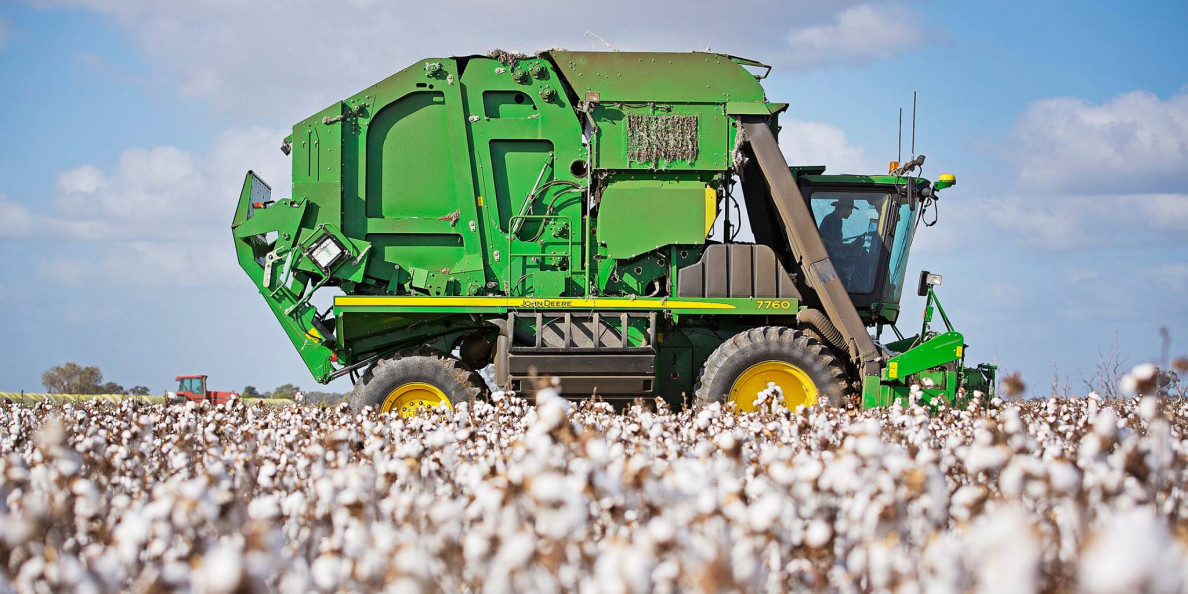Watching the cotton market last week was akin to watching paint dry. There was little fanfare as both old and new crop futures remained comfortably within their trading range. This was quite an accomplishment considering the week ended with a bearish Supply and Demand report. Understandably, July futures were the most heavily traded with FND only two weeks away. Liquidations had the contract month settling at 84.04, down two hundred points. At the same time, closing only three points from where it started the week, December futures settled at 81.82. A shrinking July-Dec spread along with cert stock at their highest level since August of 2022, poses no favor for those woefully holding onto old crop cotton.
As is so often the case, market reaction to a WASDE report is based not so much on the numbers but rather on how they meet expectations. This may very well be the reason traders ignored this month’s bearish estimates as increases in both the U.S and World ending stocks were anticipated. Domestically, 2023/24 production was raised to 16.5 million bales, an increase of a million bales, primarily due to lower abandonment in the Southwest. However, an increase in exports of 500,000 bales to fourteen million partially offset this leaving U.S. ending stocks higher at 3.5 million but lower than the 3.6 million expected. Similarly, both world production and consumption increased to 116.72 and 117 million bales, respectively. Though this raised world ending stocks to 92.79 million, it too came in below industry expectations of 93.09 million bales.
Also, garnering little attention last week were strong export sales, which hit a marketing year high. Current crop sales of 480,400 bales were up 79% from the previous week. Once again, China was the primary buyer purchasing 384,700 bales followed distantly by Pakistan at 51,600 bales and Turkey with 18,800 bales. China has purchased over a million bales in just the past three weeks. Shipments of 317,000 bales were up twelve percent from the previous week well ahead of the pace needed to meet estimates.
As of a week ago, seventy one percent of the U.S. crop had been planted, slightly trailing the five-year average. Ironically, abundant rainfall has hampered efforts in the Southwest. In other regions, plant development has been slowed due to the cooler temperatures of a blackberry winter. Currently, only 51 percent of the crop is rated good to excellent. Fortuitously, U.S. cotton located in drought areas has fallen from 28 percent to 19 percent. Though a lot can happen between now and harvest , half the game has been won with excellent stands and favorable weather predicted.
Where to from here? It is possible there could be some negative reaction by traders after having the weekend to digest Friday’s S/D figures. Nonetheless, we see prices remaining range bound for now. Last week’s CFTC report showed managed funds as buyers of 2,560 contracts leaving them net long an equivalent of 400,000 bales. Upon closer inspection, though still short old crop, they have increased their new crop net long position to 7,989 contracts. The Federal Reserve meeting will take center stage this week. Most feel it is a 50/50 bet whether they will refrain from another interest rate hike. The consumer price index slated to be released Tuesday may seriously influence this decision. However, even if so, do not misconstrue this as the end but rather just a pause


